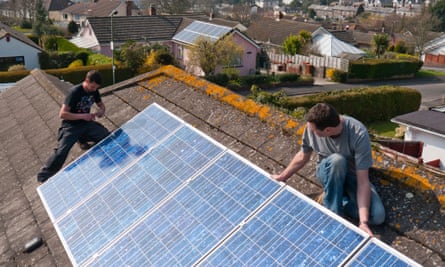The absorption depends on the energy of the photon and the band gap energy of the solar semiconductor material and it is expressed in electron volt ev.
Capacity factor of modern solar pv panels.
This post looks into the reasons for this large difference and also addresses the question of whether the eia estimates can be used to predict future us solar pv output.
The tilt of solar panels and the effect on solar panel production.
One of the key reasons for this low ratio is the nature of renewable power.
The sunlight is a group of photons having a finite amount of energy.
How much energy does a solar panel produce.
After all when it comes to solar wind and hydro we are at the mercy of the nature.
Ideally you would want to adjust the tilt of your panels throughout the year because the sun is higher in the summer and lower in the winter.
Recently however the us energy information agency published a table showing an average capacity factor of around 28 for utility sized pv plants in the us in 2015.
Generally it is in the range of 10 25.
Working of a solar cell.
The highest efficiency solar panels on the market today can reach almost 23 percent efficiency.
5 hours x 290 watts an example wattage of a premium solar panel 1 450 watts hours or roughly 1 5 kilowatt hours kwh.
For the generation of electricity by the cell it must absorb the energy of the photon.
Solar panel with inverter a big factor in the world of pv is the concept of solar efficiency which refers to the rate at which silicon cells can convert rays of sunlight into electricity.
The solar panels mounted at ntpc 10 mw solar power plant are of 225 w p rating and made up of polycrystalline.
The tilt of your solar panels can have a major impact on the overall output of your system.
How to design and install a solar pv system.
These panels have an efficiency of 14 06 and are of fixed type.
For the sake of example if you are getting 5 hours of direct sunlight per day in a sunny state like california you can calculate your solar panel output this way.
Solar panels have been consistently increasing in efficiency at about 5 annually since 2010.
Polycrystalline panel ratings are open circuit voltage v oc of 36 42 v and short circuit current i sc of 8 09 a.
As we have seen the capacity factor varies quite a bit for solar photovoltaic systems depending on the location.
It is forecasted that the pv industry will see solar panels with capacities as high as 435 watts in 2019.
The average efficiency of solar panels falls between the 17 to 19 percent efficiency range.
Low solar pv capacity factors relative to other forms of generation have been a common criticism directed at renewables but the study suggests that while ideally sited and designed pv systems.
Recently however the us energy information agency published a table showing an average capacity factor of around 28 for utility sized pv plants in the us in 2015.
Thus the output for each solar panel in your array would.
A post i wrote a little over two years ago concluded that solar pv capacity factors in the us ranged between 13 and 19 with an average of around 16.










/Solarpanels-3156a12e053e49c88e4d7f53254fb8a8.jpg)

















